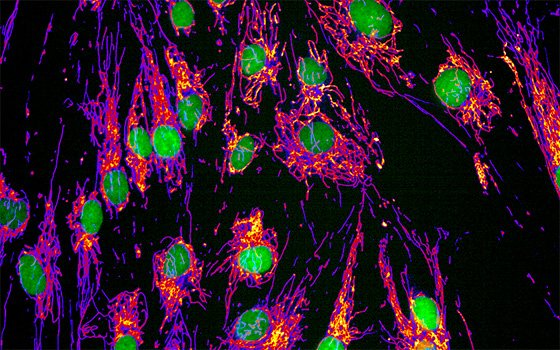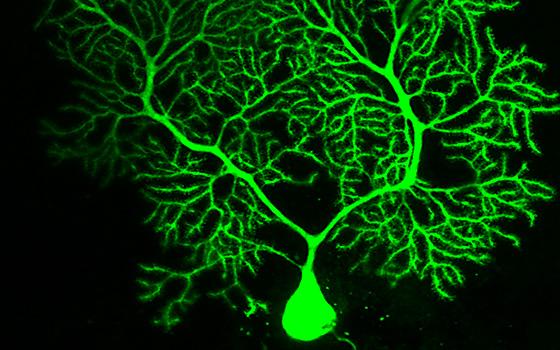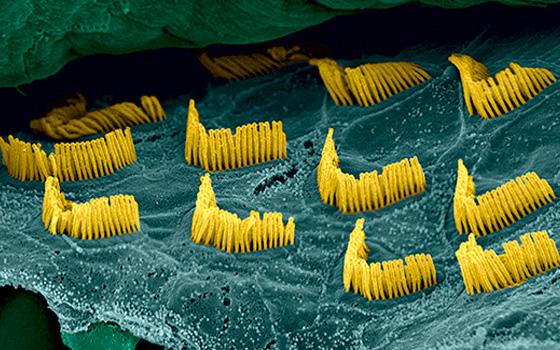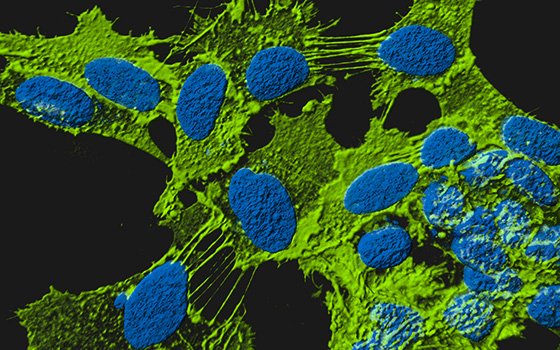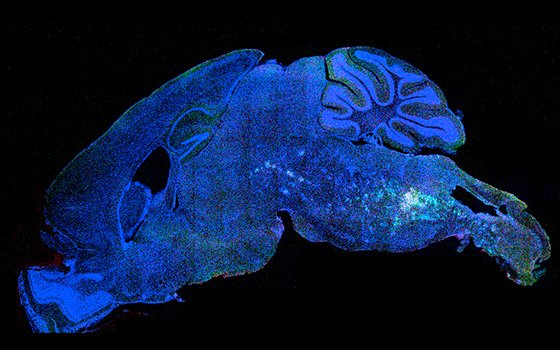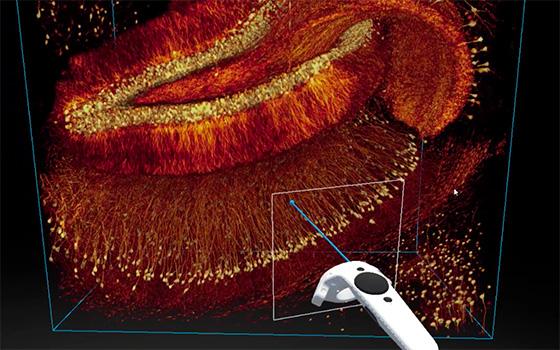The brain is a complex organ, and its well-being depends on the harmonic interactions with the rest of our body. Nearly all brain disorders manifest themselves in the dysfunction of communication between brain cells (neurons) as well as communication with other organs (gut, immune system, etc), which we define as Brain Connectivity Disorders. This super-family of neurological disorders includes neurodegenerative, neurodevelopmental, psychiatric, sensory-motor, immune and infection-related brain diseases.
Mental and neurological disorders represent a significant health burden in high-income countries. Combined they account for nearly 25% of lost workdays, a health burden that surpasses both that of cardiovascular disease and cancer. Specifically, neurodevelopmental disorders can last throughout the individual’s lifetime (e.g. the health burden for Autism is 1.4 billion Euros each year).
Higher life expectancy has also increased the prevalence of age-related disorders, and in particular Neurodegenerative disorders. Dementia affects 36M of people worldwide, of which 25M are affected by Alzheimer disease. It represents a cost of more than 480 billion euros/year. In 2030 this figure will raise to more than 80M. These numbers are not sustainable. The increasing prevalence of Alzheimer’s, Parkinson’s and other neurodegenerative disorders requires the search for novel mechanisms (molecular, cellular, physiological and pathogen-associated) that will allow the development of effective therapies.
At the Institut Pasteur, we seek to leverage our diverse fundamental research strengths in the fields of neuroscience, genetics, cell and developmental biology, molecular and structural biology, immunology, microbiology and infection biology and the state-of-the-art technological advance to tackle complexity of brain function and connectivity diseases. Only by this multidisciplinary approach we will be able to understand brain diseases and develop innovative therapies.
PRINCIPAL COORDINATORS
David DiGregorio, Head of Dynamic Neuronal Imaging Unit
Chiara Zurzolo, Head of Membrane Traffic And Pathogenesis Unit
SCIENTIFIC STRATEGY
To reach these goals, we will establish and reinforce cross-discipline technical approaches: genomic and cellular analyses, structure-based drug discovery for brain connectivity disorders, innovative microscopy, intact neuronal and artificial network approaches, integrative data analysis, stem cell and regenerative medicine with human and animal models live organism physiology and behavior, and the development of novel diagnostic and therapeutic approaches and tools (including computational).
Joint projects and initiatives will address fundamental (mechanistic) or translational (diagnostic/therapeutic) research related to:
- Neurodevelopmental and psychiatric disorders
- Sensory and motor system diseases
- Neurodegenerative and age-related cognitive disorders
- Brain connectivity disorders caused by infectious and commensurate microbes
- Neuro-immune related disorders
- Regenerative approaches to neural injury and degeneration
- Novel computational approaches to understanding brain function or diagnosis and treatment of neurological disorders
We have Identified the following research thematics:



